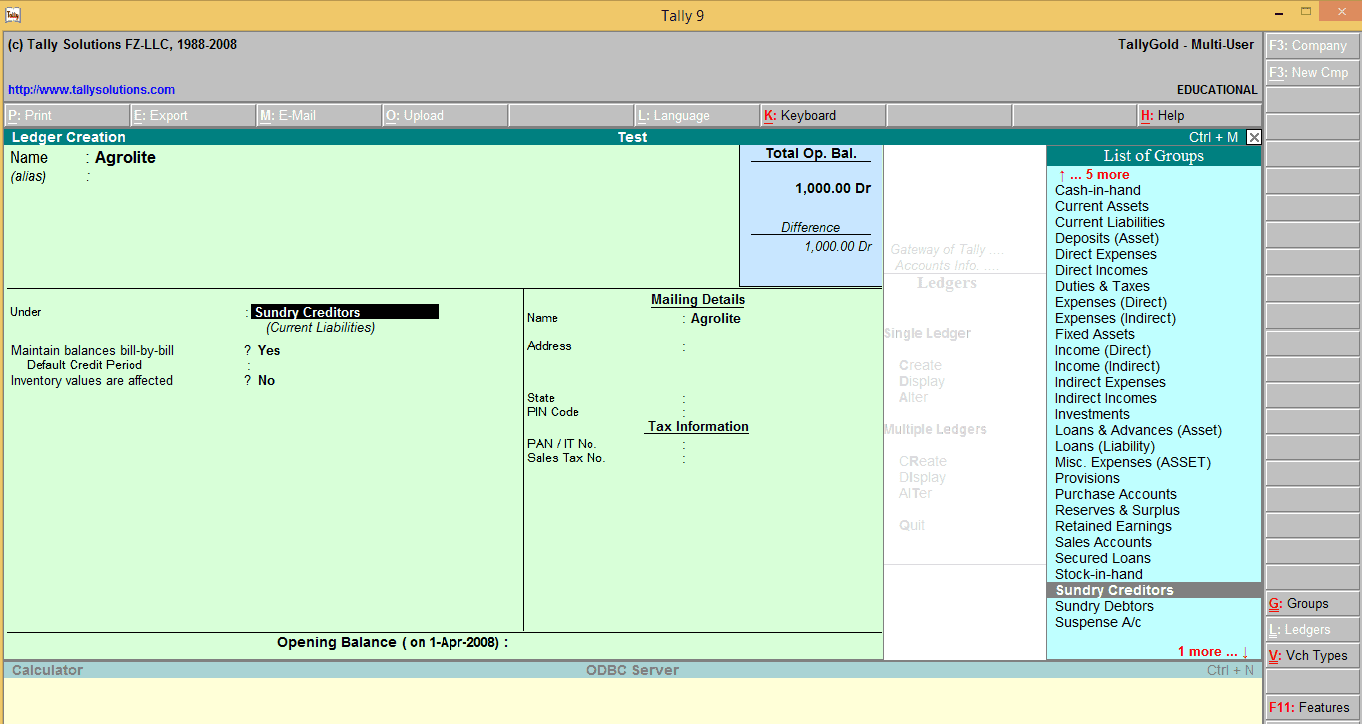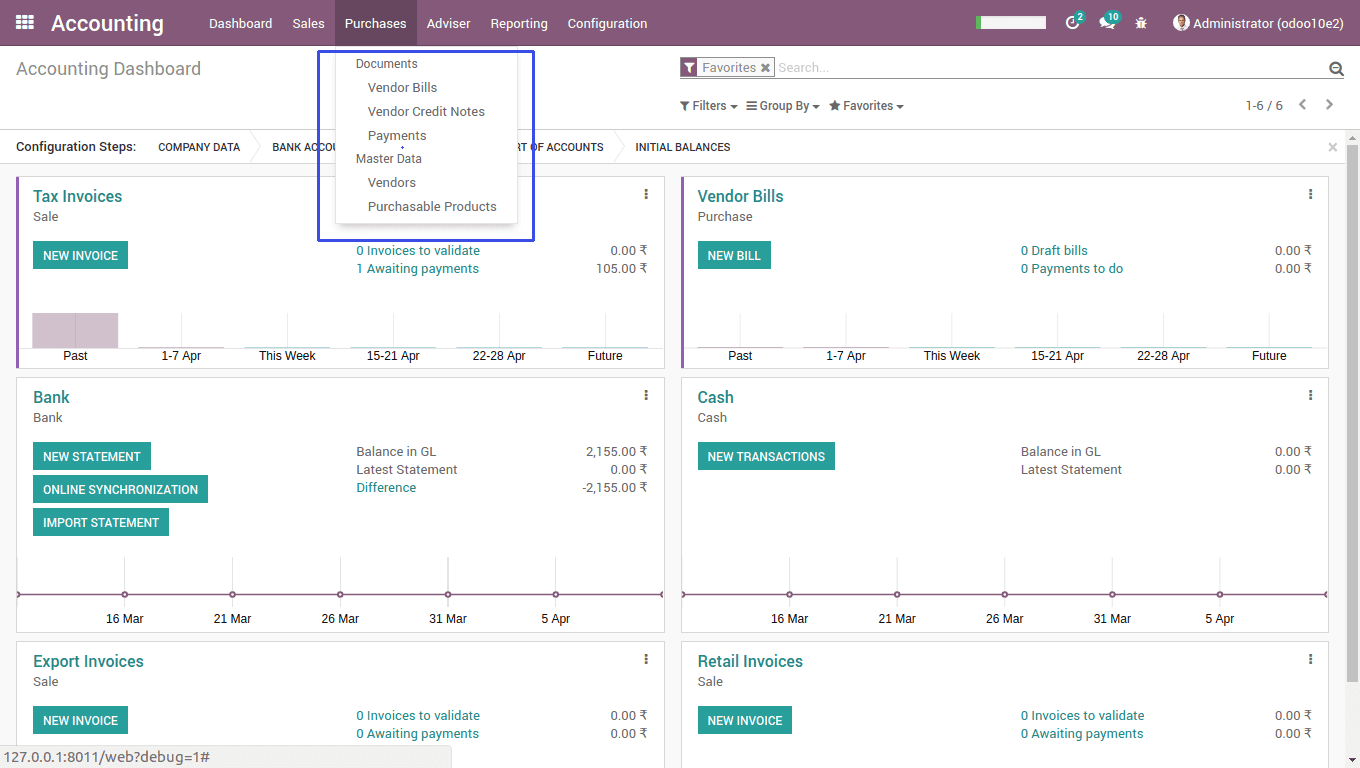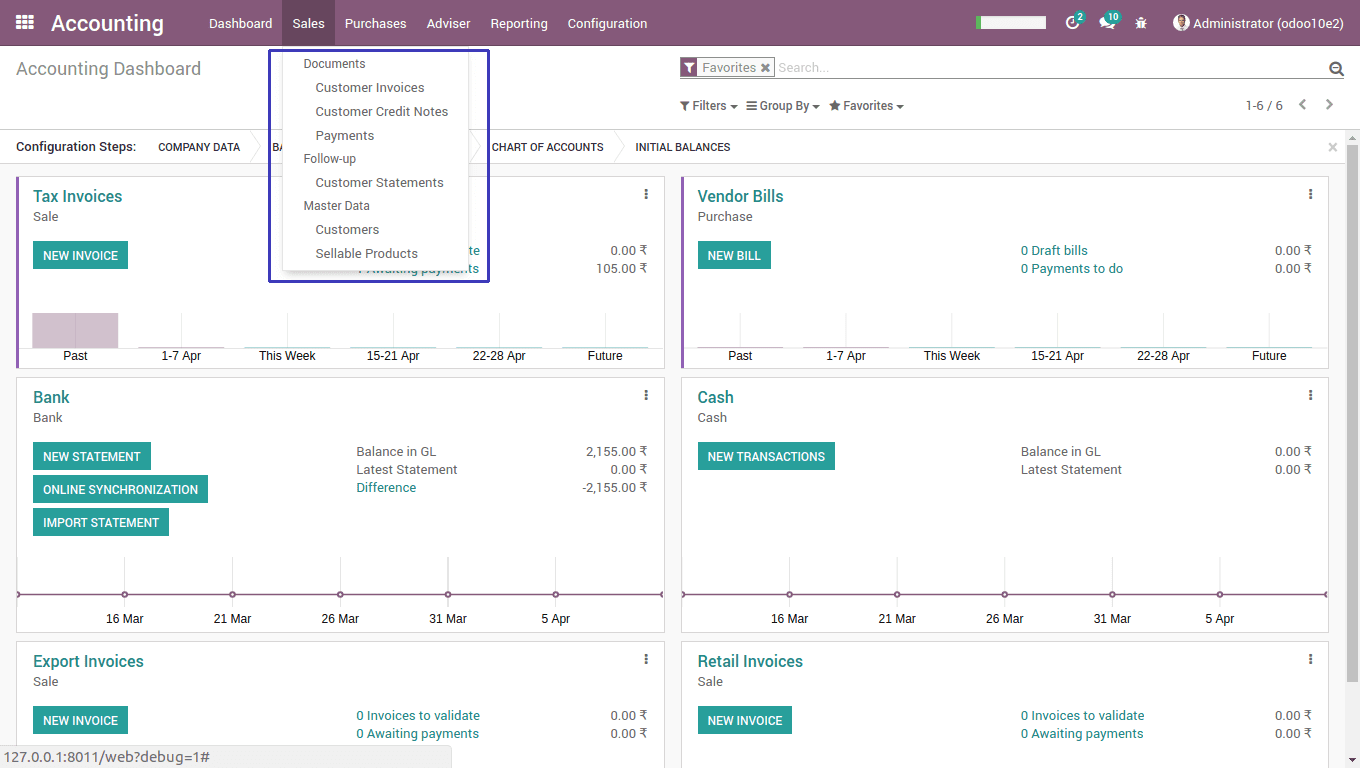Recently many of the emerging small/medium scale business owners are asking whether Odoo or Tally is better to manage their business. Most of them are familiar with Tally but they are not familiar with Odoo.
Odoo is an open-source ERP with 15000+ ready to use modules and it is suitable for most of the domains like Trading, Manufacturing, E-commerce, etc. Odoo contains modules for Accounts and Finance, Human resource management(HRMS), Customer relationship management(CRM), Point Of Sale(POS), Sales, Purchase, Warehouse management, Manufacturing(MRP), E-commerce and Website, Project management, etc.
Tally is accounting software with most of the advanced features of accounts and finance. We cannot say it is an ERP, it is an accounting software only. It has options for sales, purchase and inventory management with good accounting and finance features.
Accounts and finance is an important part of any business. But we can’t grow to the next level when our focus is confined only to accounts and finance management. Now a day we need proper ERP software to manage the entire organization effectively. ERP is a fully integrated all in one application, it will manage entire processes in the organization like Accounts and Finance, Human Resource Management, Customer Relationship Management, Sales, Purchase, Manufacturing, Warehouse Management Etc. The comparisons between Odoo and Tally is like the comparisons between a Car and Tyre.
Many of the emerging small/medium scale business owners are wishing to change currently using tally to good ERP software. But most of them are facing objections from their accounts department. The reason behind is, the accounts team is familiar with Tally and they are not familiar with Odoo. So, they are facing discomfort. It is usual when changing from one familiar environment to another unfamiliar environment and it will solve after good training or a few days of usage.
The following points are the major reasons for the discomfort of tally users to using Odoo ERP smoothly
1. Changes in the terms used
2. Changes in data entry
1. Changes in the terms used
Tally is an Indian based accounting software and Odoo is a European based ERP application, so some terms used in both applications are different and it is leading to some confusions to end-users. For Example, In Odoo the term ‘Journal’ is using instead of ‘Voucher’ in Tally and using ‘Journal Types’ instead of ‘Voucher Types’.
2. Changes in data entry
The data entry in Odoo and in Tally have major changes. For example, in Tally creating ledgers under Sundry Creditor/Sundry Debtor account group for each supplier/customer creation.

But in Odoo for creating Suppliers/Customers separates menus are available as shown in the below
In Odoo it is not mandatory for creating separate account ledgers for each supplier/customer. We can set the same payable and receivable ledgers to all suppliers/customers. In this case, financial statements show these single payable/receivable ledgers only and for getting each supplier/customer account statements we can use ‘Partner ledger report’.
In Tally, the vouchers are like Contra, Payment, Receipt, Journal, Purchase Order, Material Receipt, Rejection Out, Purchase Invoice, Purchase Return, Sales Order, Delivery Note, Rejection In, Sales Invoice, Sales Return, Stock Journal, Physical Stock, Debit Note, Credit Note, etc. But in Odoo the menus are as shown in the below, the supplier-related menus under the ‘Purchase’ menu and Customer related menus under the ‘Sales’ menu. In tally using Receipt voucher to record customer receipt, but in Odoo the corresponding menu is Customer Payment.


In Odoo there is no Contra voucher, instead of it there is an option ‘Cash Register’ and ‘Bank Register’. In Tally, the opening balance of each ledger are entering in ledger creation window, but in Odoo the opening balances are entering by creating a journal entry, just like we create an adjustment entry in Tally.
In Tally the entered data directly affecting the accounts when saving each voucher. But in Odoo the invoices have Draft stage too. The Draft invoices affecting accounts only after validating it. Incase of Journal entry, it will affect accounts only after posting it. You can see it in the below images.
In case of reconciliation, in Tally, only bank reconciliation is available and doing it by entering the corresponding date of each entry to the system. But in Odoo reconciliations are entirely different. There is payment matching (Invoice vs Payment reconciliation) and Bank statement reconciliation. In Odoo there is an option for auto-reconciliation too.
Hope you can understand the major differences in data entry between Tally and Odoo from the above examples.
Odoo has many advantages over Tally, but some of the options like Ratio analysis, Projection statements are not presently available in Odoo. There comes a Community and Enterprise versions are available for Odoo. Enterprise version has add-on features than Community version. As compared to Enterprise version Community version does not have a dynamic accounts report (Drill down option), Excel reports, etc. But when you are choosing Cybrosys like companies, they have good experience in Odoo you will get already developed options like this in the community itself.
Also, Read other Odoo Comparison Blogs
1. Odoo vs SugarCRM
2. Odoo vs Zoho CRM
3. Odoo vs NetSuite
4. Odoo vs ERPNext
5. Odoo vs Microsoft Dynamics
6. Odoo Vs SAP